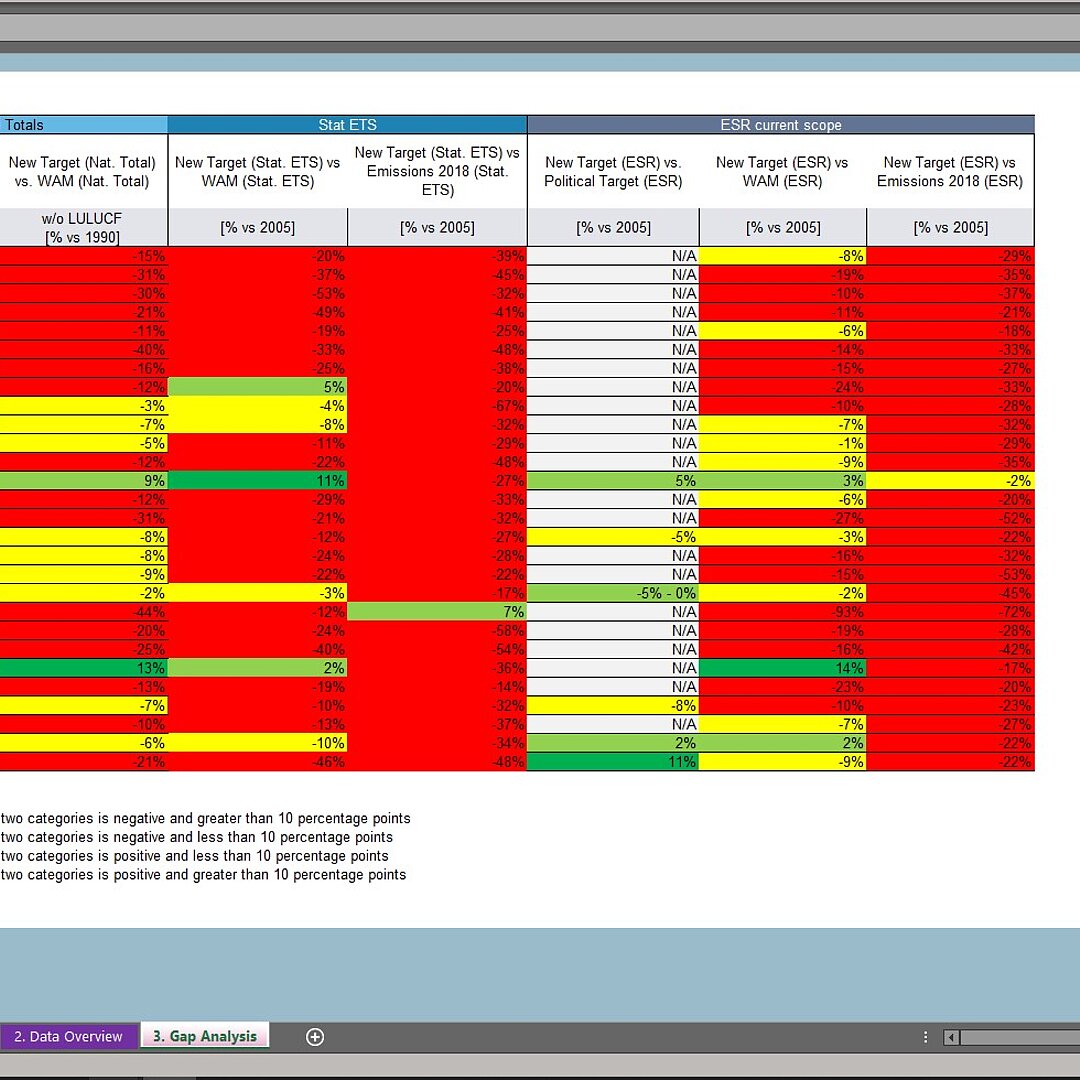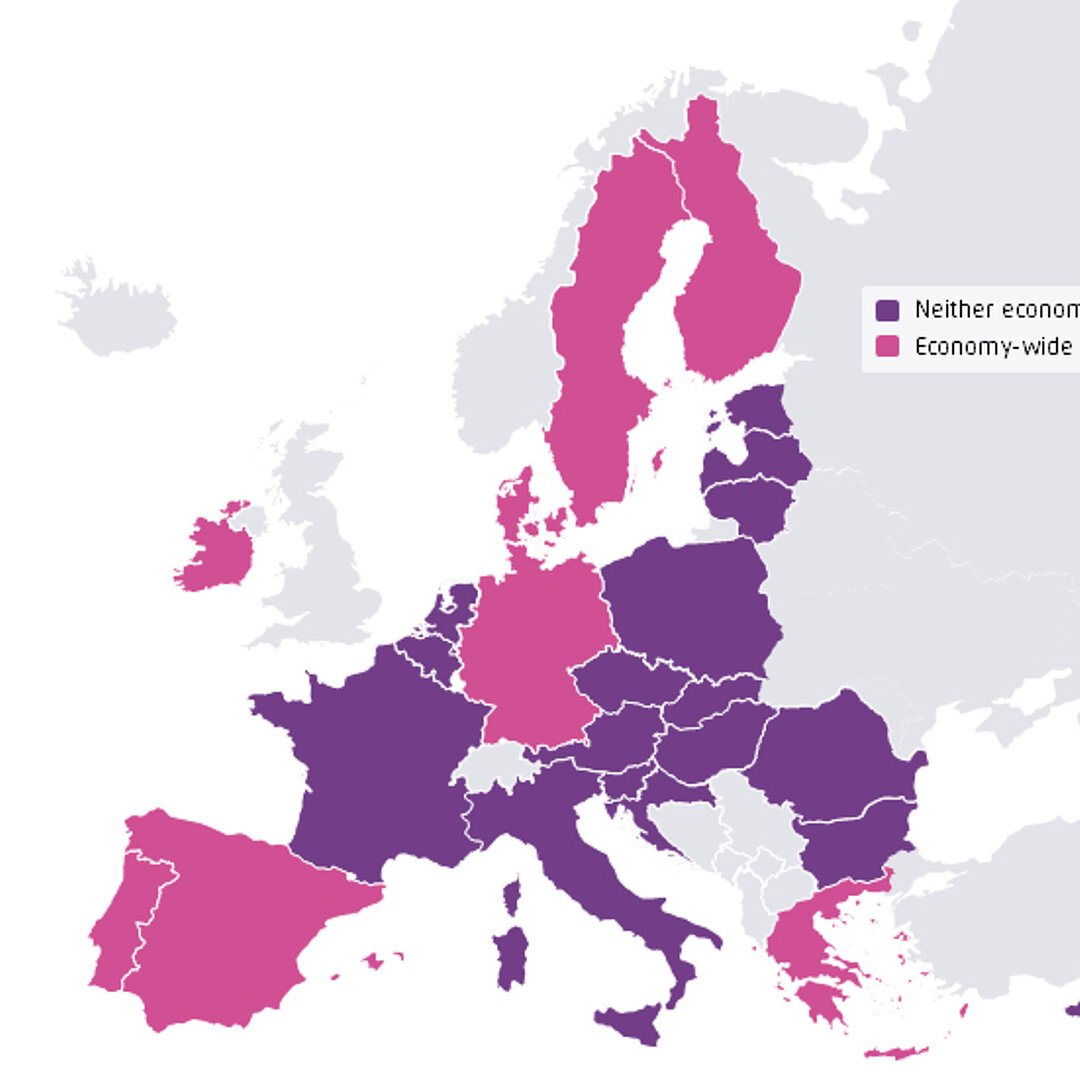-
Climate-neutrality in the building sector requires not only one transition, but four:
1) a building envelope transition, 2) a heating and cooling transition, 3) a building materials transition and 4) a smart electrification transition.
-
Investments in the transition to a climate-neutral building sector at the scale needed will not happen on their own.
Strong regulatory standards must drive investment in line with the EU’s 2030 and 2050 climate targets, in particular ambitious standards for new construction and for renovating existing buildings. Neither carbon pricing or public finance measures alone will suffice. The July Fit for 55 Package put in place some policies to drive investment in public buildings; the December Package must add ambitious requirements for privately owned buildings and for heating appliances, including ambitious minimum energy performance standards.
-
Muddling through is not an option.
A transition at this scale and speed means governments and building owners must plan for success and develop action plans aligned with the longterm goal of a zero-emissions building stock. The July Fit for 55 Package introduced important requirements for comprehensive heating and cooling assessments at national and local level; the December package should add requirements for Member States to develop National Building Renovation Action Plans and for households to use Building Renovation Passports to guide their way to a zero-emissions building stock by 2050.
-
Don’t forget the enabling framework!
Some basic elements of the policy framework needed to make regulatory standards work effectively are not yet in place, including robust energy performance certificates (EPC), environmental product declarations for building materials (EPD) or ambitious Green Public Procurement guidelines. Governments must not lose sight of these often complex and "technical", but essential complementary files.
Transitioning to a climate-neutral EU buildings sector
Benchmarks for the success of the European Green Deal
Preface
Considerable research has been conducted in recent years on how to make the EU’s building stock compatible with the goal of climate neutrality. After much deliberation and debate, there is a growing consensus among researchers, industry experts and policymakers concerning the necessary components of a climateneutral EU buildings sector. While the required actions are many, they can be categorized into four topic areas: building envelopes; heating & cooling; building materials; and smart electrification. In other words, the transformation of the EU building stock to climateneutrality will entail not one transition, but four. This paper takes stock of each of these four transitions in the context of the European Green Deal to identify where we stand in delivering on them and which legislative proposals in discussion could help the EU achieve its medium and long-term goals for decarbonizing the building sector.
In short, it sets Agora benchmarks for success for the transformation of the buildings sector in the European Green Deal.
Key findings
Bibliographical data
Downloads
-
pdf 2 MB
Transitioning to a climate-neutral EU buildings sector
Benchmarks for the success of the European Green Deal





